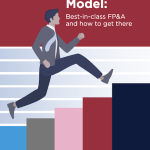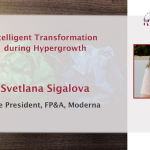We continue to explore the potential and challenges of FP&A Intelligent Transformation. On the 26th of October, 2023, Boston became the second city after London to welcome the much-anticipated discussion on creating your transformation map with the help of the FP&A Trends Maturity Model.
Senior finance leaders and like-minded professionals from Moderna, Alexion AstraZeneca, MBTA, Avery Dennison, Takeda Pharmaceuticals, NationalGrid, Quantori, Nissha Metallizing Solutions, and many other companies joined the forum.
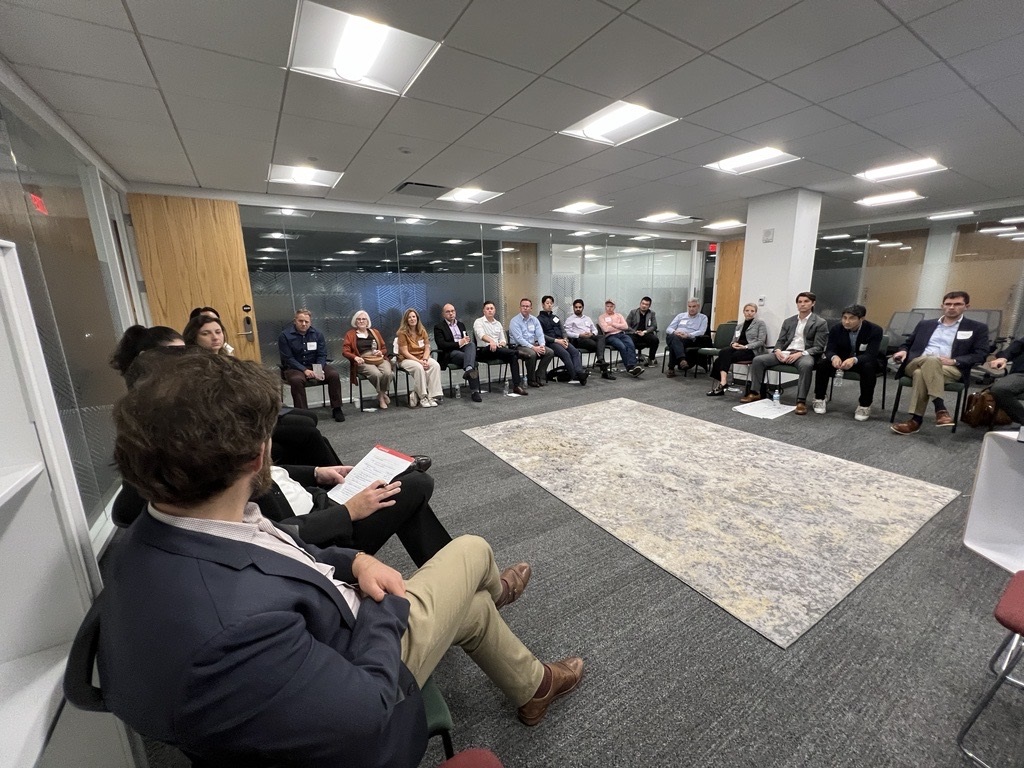
Figure 1: Boston FP&A Board №11, October 2023
This article lets you grasp the key takeaways and most important insights from this meeting.
What Hinders Analytical Transformation?
As per the established tradition, Larysa Melnychuk facilitated the discussion, and her first question to the audience aimed to reveal insights on the factors hindering analytical transformation.
The attendees shared different views, but there were some points on which the community reached a unanimous decision. According to the Boston FP&A Board members, the biggest obstacles to FP&A Transformation are as follows:
- data cleanliness,
- data quality,
- alignment,
- mindset,
- lack of prioritization,
- and insufficient technology.
However, these were only some challenges FP&A professionals faced when pursuing Intelligent Transformation. We have also explored the combination of different barriers that prevent the FP&A leaders from reaching the next levels of maturity. These were revealed at the series of FP&A Trends Webinars during 2021-2022. Not surprisingly, the lack of the right technology leads the chart with 23%. Other factors, such as leadership, processes, and data and analytics, are almost equally considered obstacles to developing organizational maturity.
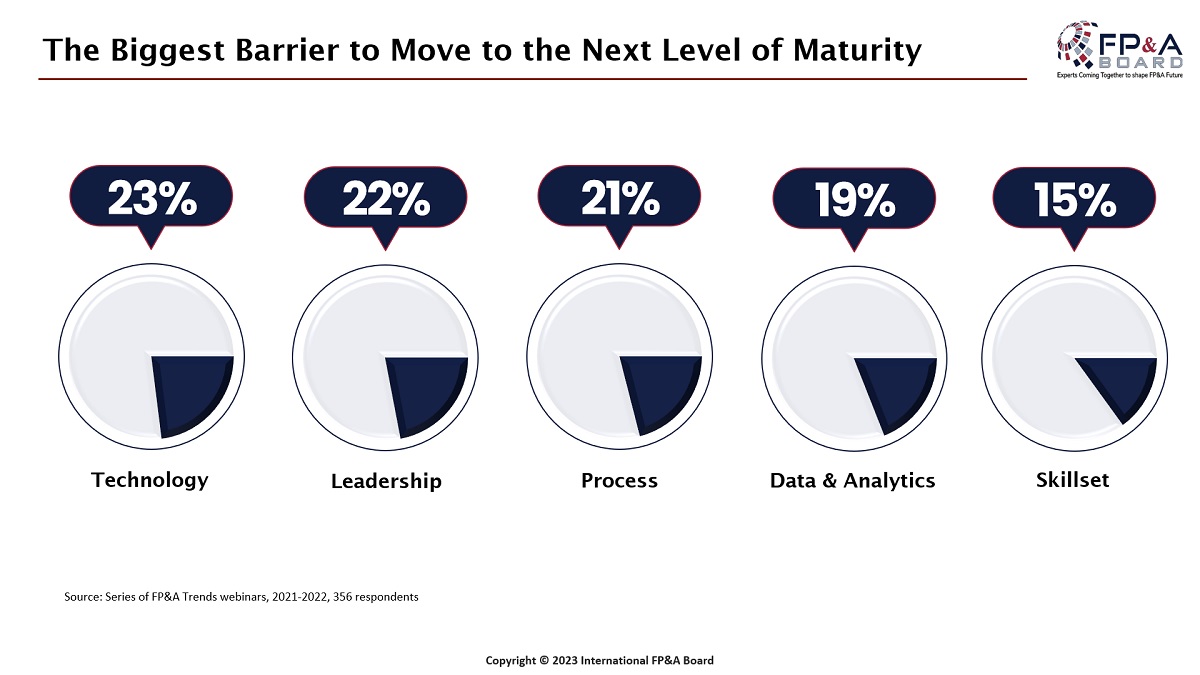
Figure 2
Define Your Way to Intelligent Transformation
Following the agenda, the forum swiftly transitioned to discussing the latest version of the FP&A Trends Maturity Model. It is a benchmarking tool that can help you tailor a unique roadmap to Intelligent Transformation and assess where you are on the scale of FP&A Maturity.

Figure 3
It encompasses five levels of corporate maturity in the six dimensions, subdivided into two groups: hard and soft. The first group thoroughly evaluates processes, data and analytics, and technology, while the second focuses on leadership, skills, and Business Partnering.
During the discussion, the participants had an opportunity to explore hard and soft dimensions in detail, which is exactly what the next paragraph summarizes.
Soft and Hard Dimensions of FP&A Trends Maturity Model
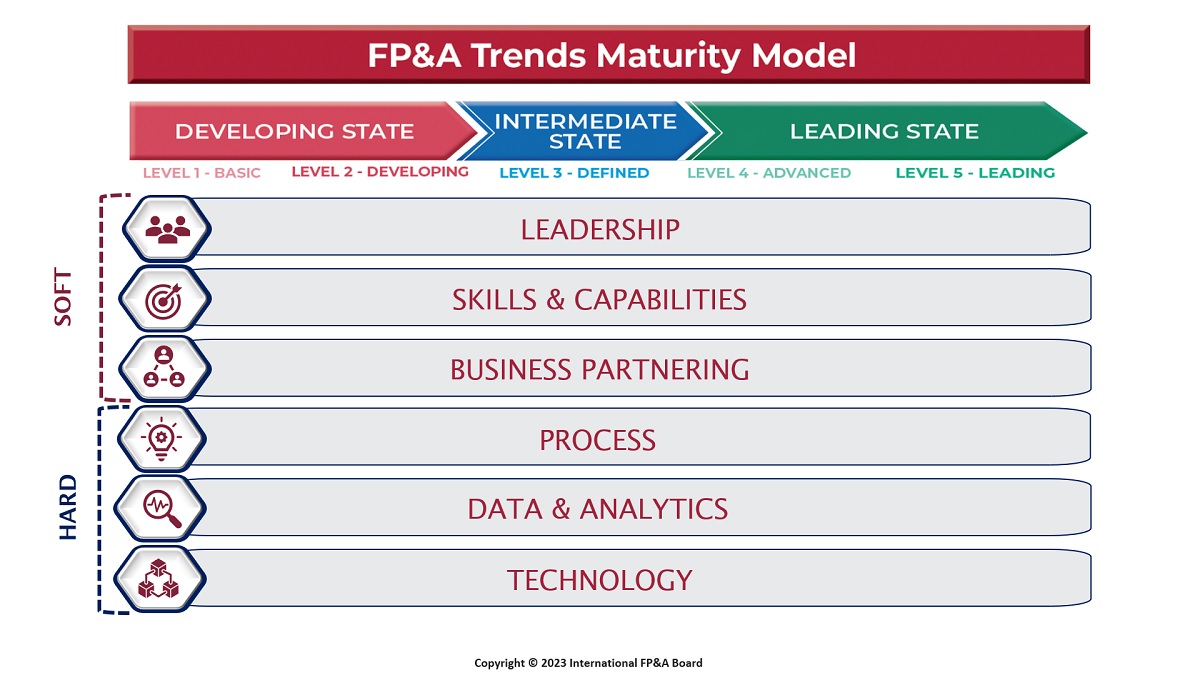
Figure 4
First, the audience deep-dived into the essentials of leadership. As presented by the discussion facilitator, the new generation of FP&A leaders is influencing the entire organizational culture while combining analytics and soft skills to influence how executives make decisions. A mindset transformation is the first criterion for driving the changes within your organization, while Strategic Planning and alignment are secondary factors that can foster this shift.
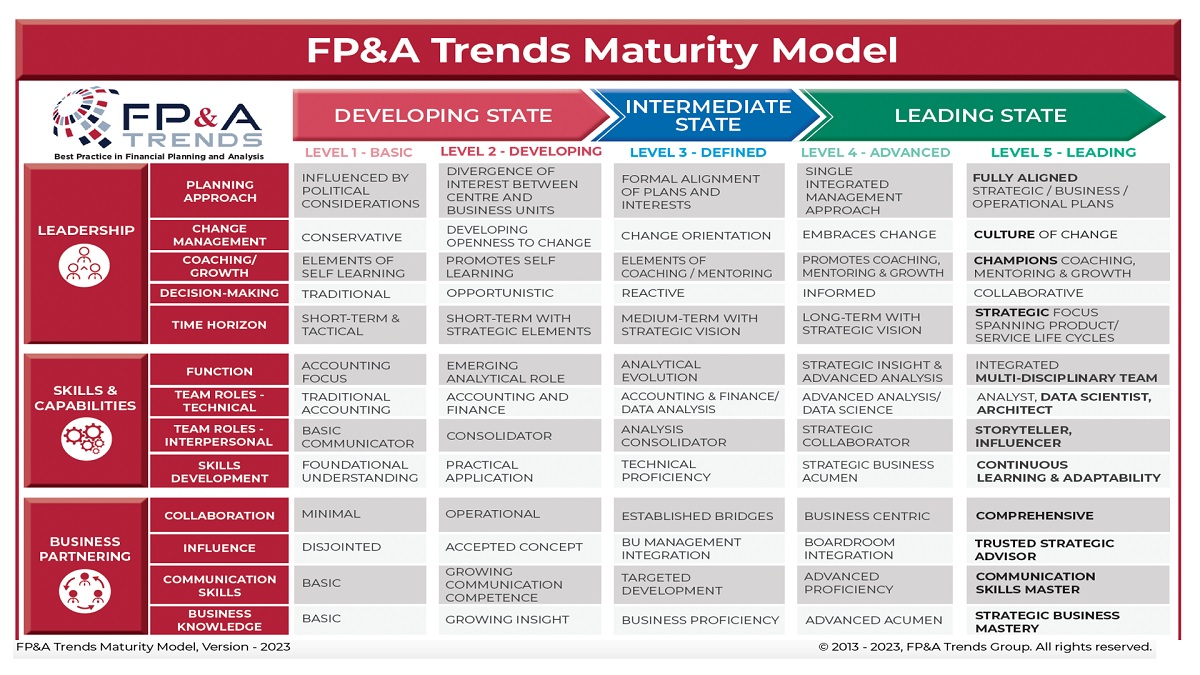
Figure 5: Soft Dimensions of the FP&A Trends Maturity Model
Skills and capabilities are another crucial soft dimension of the FP&A Trends Maturity Model. Evaluating skill gaps and addressing them with different trainings or initiatives can help you develop a continuous learning attitude within your business team. In turn, it can be a great starting point for building the best-in-class FP&A department, where the organization benefits from having diverse specialists representing the five essential FP&A team roles.
The last point to consider regarding the soft part of this benchmarking was Business Partnering. In this case, communication becomes utterly important, as it enhances not only business acumen and soft skills but also a dynamic collaboration between various branches of the business. Business Partnering enables the organization to comprehend their key drivers and needs better.
Right after discussing the essentials of these three aspects, the conversation smoothly transitioned to the in-depth exploration of the hard components of the FP&A Trends Maturity Model, namely processes, data and analytics, and technology.
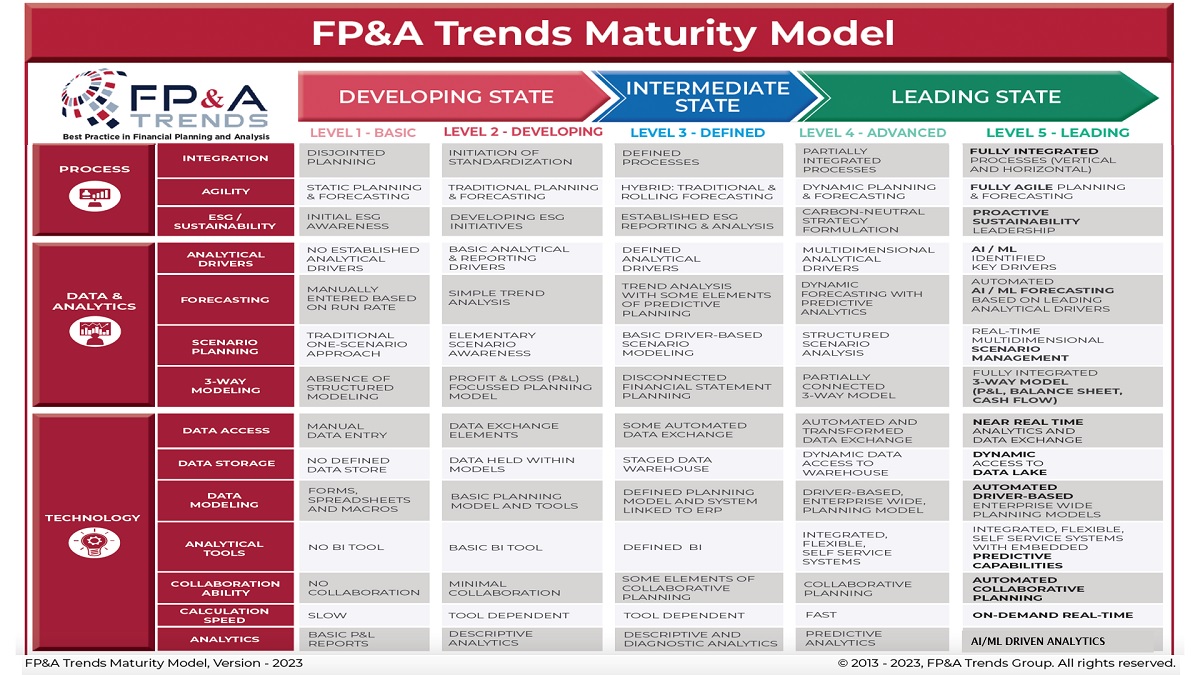
Figure 6: Hard Dimensions of the FP&A Trends Maturity Model
In short, the discussion regarding the processes was centered on the four critical points outlined below:
- Integrated Process: Establish a fully integrated workflow.
- Agile Approach: Implement a flexible and adaptive methodology.
- Proactive Strategy: Adopt a forward-thinking approach.
- Collaborative Workflow: Promote teamwork and cooperation throughout the process.
However, a highly insightful discussion on data and analytics was much more lively and brought many thought-provoking views among the audience. The Boston FP&A Board members emphasized that data-related issues are the biggest challenge of FP&A, and these results were aligned with the recent FP&A Trends Survey findings. While collaborating with the organization's IT department to assess data sources, accuracy, and formatting can be valuable, we must also consider several practical steps for enhancing our data management. Larysa Melnychuk suggested the following algorithm for improving how we handle a glut of data available for FP&A people:
- Establish data links from internal and external systems.
- Develop key data elements for driver-based models.
- Define business drivers and their financial impact.
- Apply the Pareto principle (80/20 rule).
- Implement driver-based planning and create simple scenarios for experience.
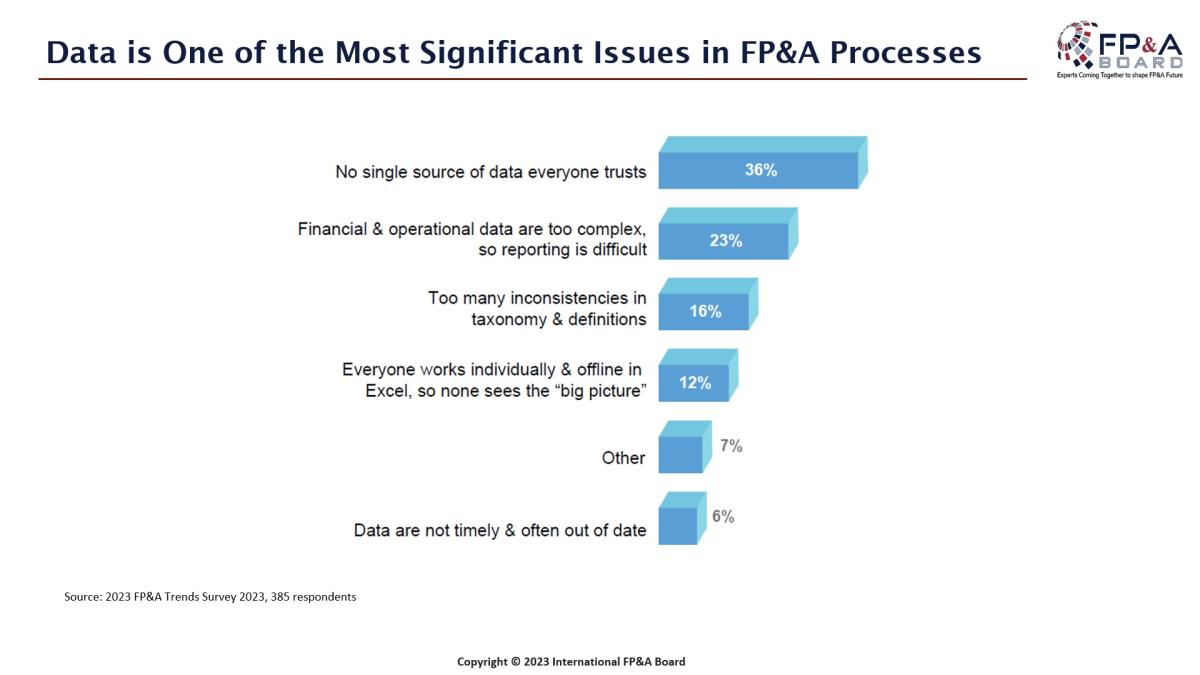
Figure 7
The discussion moderator also underscored that 36% of organizations do not have a single, trusted data source, which poses a significant challenge for reaching business goals.
Lastly, the forum touched upon technology. Two key takeaways from this part of the roundtable were centered on enabling and fostering cross-functional collaboration and implementing a modern planning platform.
Group Work and Conclusions
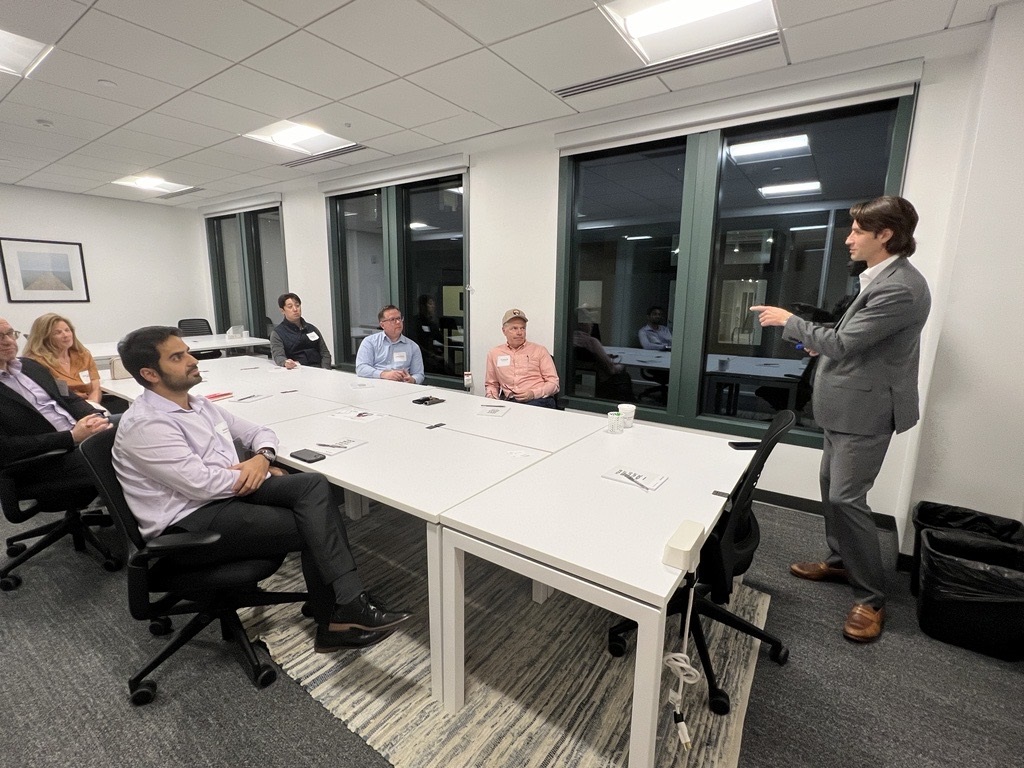
Figure 8: Group Work, Boston FP&A Board №11, October 2023
The allotted discussion time went quickly, and the meeting's agenda came closer to the end. FP&A Board members were asked to discuss practical steps for reaching the next level of FP&A Maturity considering three aspects:
- Data and Models,
- Systems and Processes,
- and People and Culture.
The meeting ended with a networking session where like-minded colleagues could make new connections and discuss the insights heard at the event.
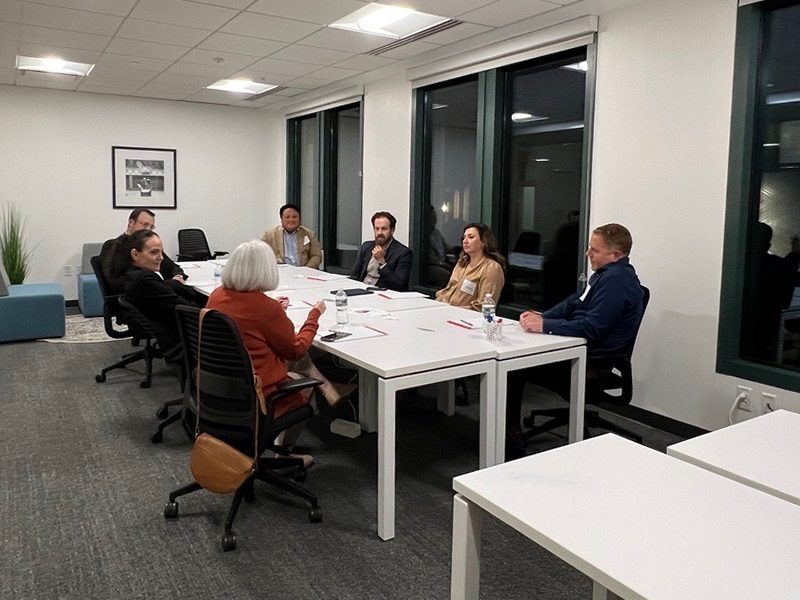
Figure 9: Group Work, Boston FP&A Board №11, October 2023
Our Sponsors and Partners
Pigment proudly sponsored this thought-provoking session, hosted in a classy Spaces "State Street" office provided by IWG. CFGI tremendously helped us with the event organization.



